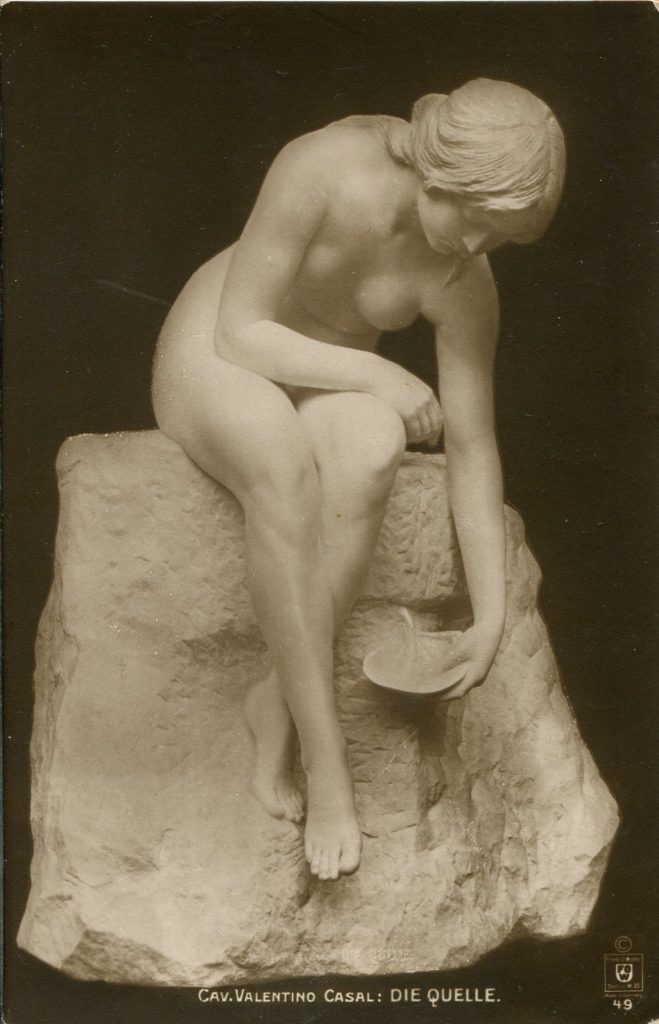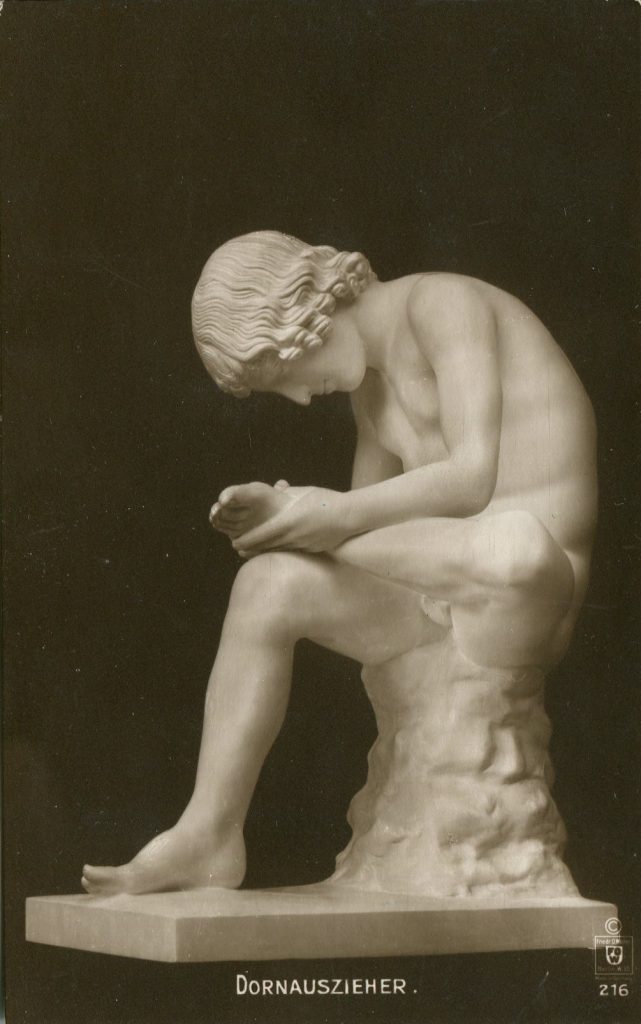

Since Adam first walked up to the edge of a pond in the Garden of Eden and recognized his reflection in the water, mankind has yearned for opportunities to see his own image. Until mirrors were invented, in many ancient civilizations the artist who drew stick-figure portraits on cave walls was pretty-much limited. Then some guy learned if you bang on a piece of marble with a metal tool, you could make the rock look like a person. It didn’t take a thousand generations to refine the art and soon there were millions of beautiful stone statues to aid in the daily experience which today we have dubbed Narcissism.
As for what still exists today the ancient Egyptian statues of Ramesses II (The Great) are nearly 3,300 years old. Throughout the Ramesses (19th) dynasty it was common place to find statues and bas-relief carvings of the human form – anatomically accurate ones at that.
So fast-forward three thousand years and ask, “Has anything changed?” Be honest; the answer is a resounding, no! Mankind is still interested in seeing himself, and the only difference is that now there are many new and different ways to do so.
Today there are photographs, film, and dozens of other media to copy our images for posterity. It does seem silly to mention it but it has been known to happen at many office parties that Xerox-machines are a favored media for drunken fools to copy parts of their bodies that should just as well be left unseen.

But stone? Yes, stone is the true medium of the real artist. Granite, limestone, and marble. Choose any one and bang away with a mallet and chisel, and soon enough, you too could be a Michelangelo.
What more proof do you need? Well how about the fact that there are literally thousands of stone statues on postcards. Here are a few . . . of the nearly 100 cards in my collection, this is my favorite. It shows a young Hellenistic Greco-Roman lad attempting to remove a thorn from the sole of his left foot. The sculptor, Dornauszieher entitled it The Extractor, but it is commonly known as Spinario.
The pictured image is a marble copy in the Medici Collection housed in a corridor of the Uffizi Gallery, Florence, Italy. The original is a bronze sculpture and is owned by Conservator’s Palace in Rome.
The image at the top of the page, left is Carrara marble. It was created circa 1905 by Valentino Casal (1867–1951). He titled the piece Die Quelle [The Source]. It shows a young Roman maiden attempting to gather enough water in a shell to quench her thirst.
The image at the top of the page, right is F. Gillet. It too is marble and is entitled Amor [LOVE or The Cupid]. All are from the Berlin Schöneberg – German Graphische Kunst, series.
